Perishable Restaurant Inventory: A Comprehensive Guide
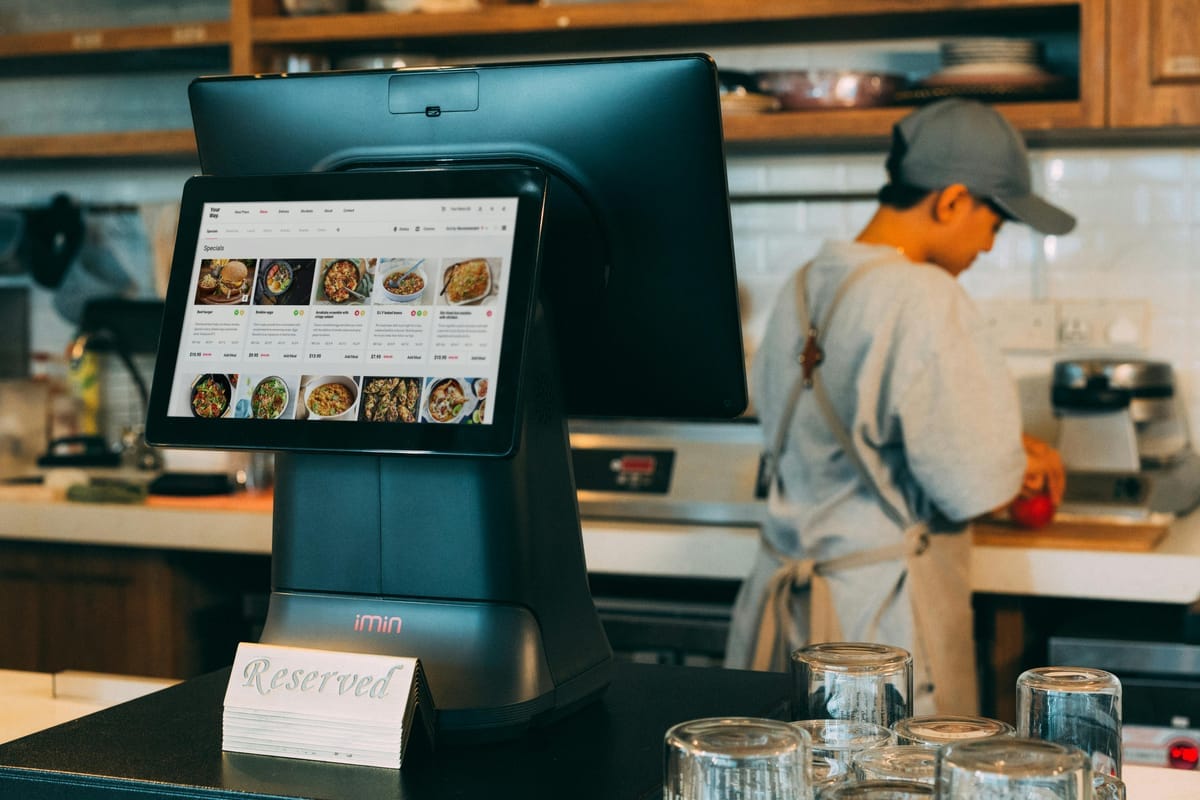
In the Restaurant and Food & Beverage (F&B) industry, your inventory is the engine that keeps things running. Mismanaged inventory can lead to significant financial losses, from spoiled perishables to missed sales due to understocking.
Effective inventory management goes beyond simply counting stock. It's about balancing customer demand with efficient operations. When done right, it ensures you're never caught short during a busy service and prevents the disappointment of watching unused ingredients go to waste.
In this article, we share tips and tricks on best practices that can help streamline your restaurant inventory, enhance customer satisfaction, and improve your bottom line.
What Is Restaurant Inventory Management?
Restaurant inventory management is the systematic process of tracking, controlling, and optimizing a restaurant's food, beverages, and supplies.
It's the backbone of a well-run kitchen, ensuring you have the right ingredients at the right time without overstocking or running short.
Restaurant inventory management primarily involves:
• Knowing when and how much to order
• Understanding how quickly items are used
• Minimizing waste and spoilage
Why Is Restaurant Inventory Management Important?
Restaurant inventory management is paramount for several reasons, each directly impacting the success and sustainability of your business:
- Cost control: Tracks spending and usage, helping maintain profit margins.
- Waste reduction: Minimizes food waste, saving money and promoting sustainability.
- Quality assurance: Ensures freshness of ingredients for consistent dish quality.
- Operational efficiency: Streamlines kitchen operations, saving time and reducing stress.
- Financial planning: Provides data for accurate budgeting and forecasting.
- Theft prevention: Regular checks help identify and address internal theft quickly.
- Menu optimization: Informs menu decisions based on ingredient usage patterns.
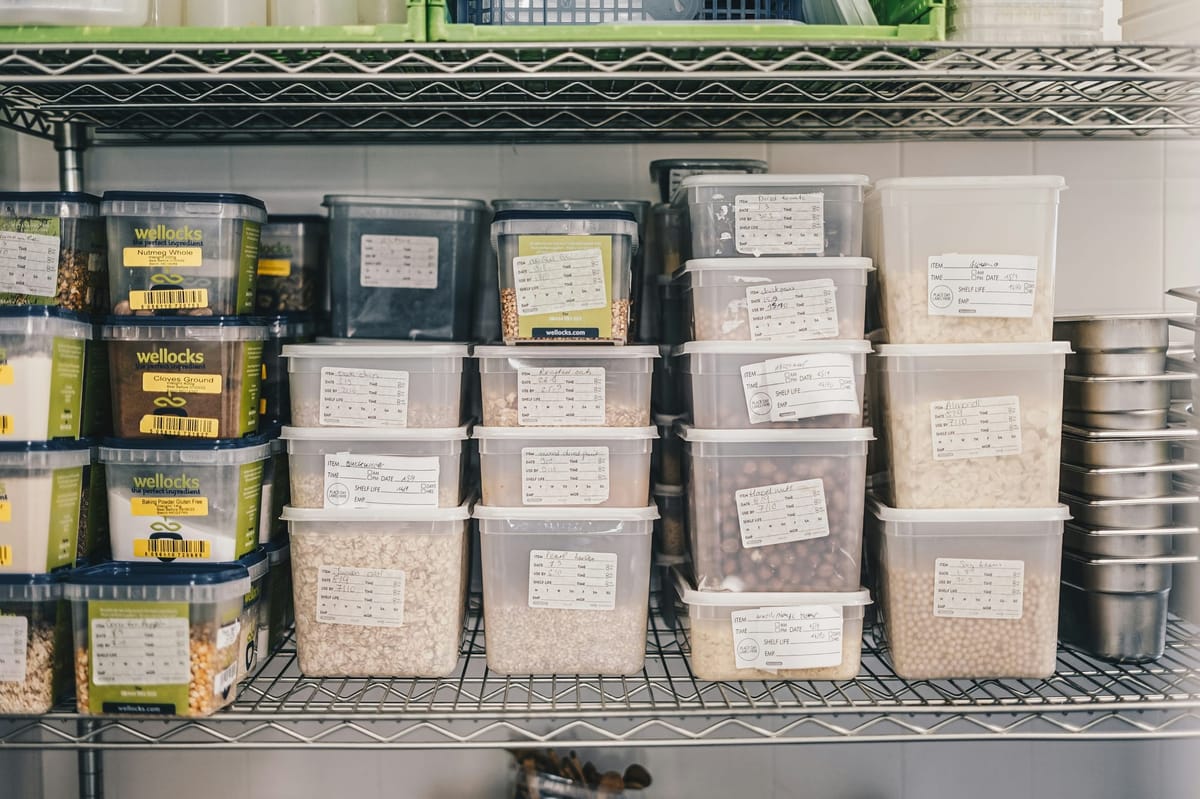
Restaurant Inventory List: What's included?
Restaurants juggle a wide array of items, from perishable ingredients to durable kitchen equipment. Your inventory might include:
Non-consumable items:
- Kitchen equipment: Items like frying pans, knives, and grills are crucial for daily operations. Regular maintenance and timely replacement are necessary to prevent service disruptions.
- Dining essentials: Plates, glassware, and utensils need to be in ample supply and require regular checks for wear and tear to maintain a high standard of customer experience.
Perishable goods:
- Meats and seafood: These items are highly susceptible to spoilage. Proper storage conditions, temperature control, and stock rotation using the FIFO method are necessary.
- Vegetables and fruits: Regular inspection for freshness and strategic placement in the kitchen can help reduce spoilage rates. Inventory should be aligned with menu planning to ensure these perishables are used efficiently.
- Dairy products: Like meats, dairy products require stringent temperature control and quick turnover to maintain quality and safety.
- Dry ingredients: While less sensitive than perishable goods, items like spices, flour, and dried pasta need to be stored in airtight containers to preserve freshness and prevent contamination.
Beverages:
- Alcoholic beverages: Inventory levels for alcohol must be carefully managed according to licensing laws and consumption patterns. Regular inventory counts can help prevent loss through theft or wastage.
- Non-alcoholic beverages: These items often have longer shelf lives but should still be monitored for turnover and freshness, particularly for ingredients used in mixed drinks.
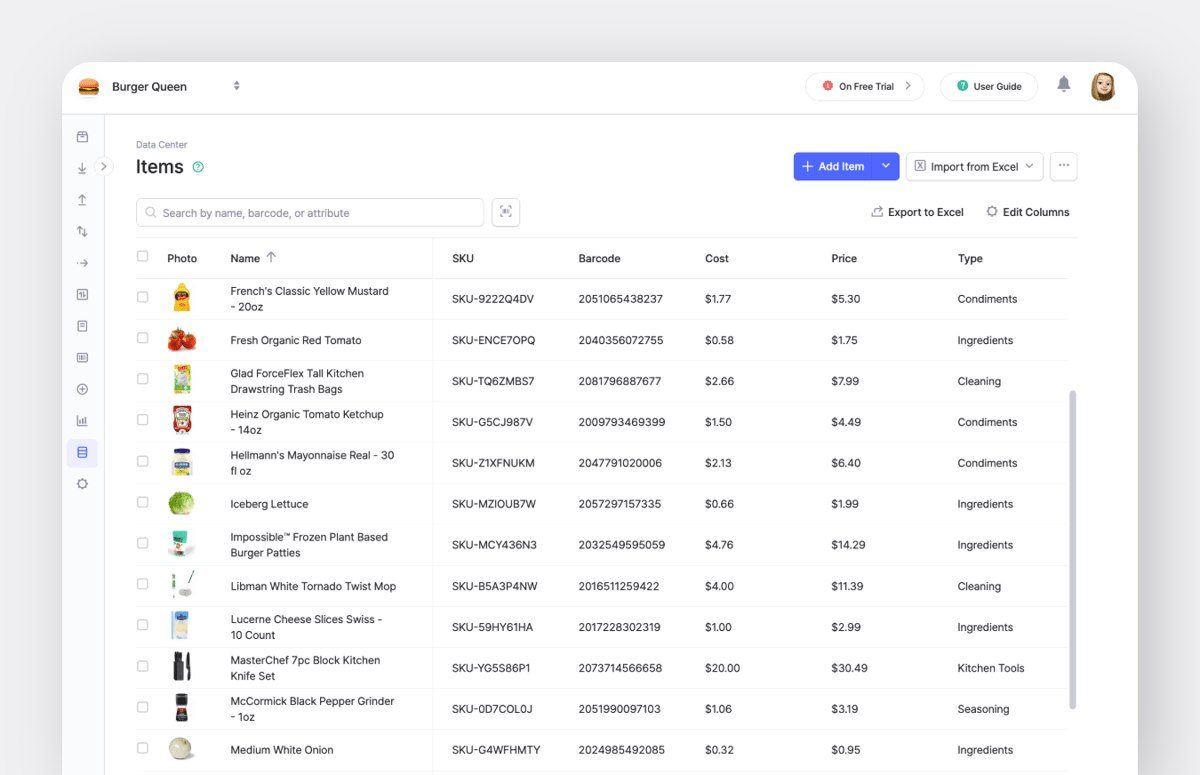
Challenges in Managing Restaurant Inventory
Each category we discussed in the inventory list requires different storage conditions and tracking methods, adding complexity to your inventory system. Let’s take a look at some of the challenges.
1. Perishability and spoilage
Perhaps the biggest challenge in restaurant inventory is managing perishable goods. Fresh ingredients have limited shelf lives, and spoilage can quickly eat into your profits.
In the United States, it's estimated that 30-40% of the food supply is wasted. According to the USDA’s Economic Research Service, food loss at the retail and consumer levels is about 31%, which translated to roughly 133 billion pounds and a cost of $161 billion in 2010.
Balancing stock levels to minimize waste while ensuring you don't run out during busy periods is a constant juggling act.
2. Seasonal variations and demand fluctuations
In the restaurant business, customer demand is anything but steady. You'll face seasonal shifts – think summer barbecues or winter comfort food – as well as unexpected spikes from local events or even social media buzz.
Your inventory management needs to be adaptable to handle these fluctuations. It's about striking a balance: being prepared for busy periods without overstocking during slower times.
3. Regulatory compliance
Food safety regulations add another layer of complexity to inventory management. You need to track not just quantities but also expiration dates, storage temperatures, and potential allergens. Staying compliant with health codes while maintaining efficiency is a critical balancing act.
4. Recipe complexity
Unlike retail stores, restaurants often deal with ingredients that are combined into complex recipes. This means tracking individual items and how they're used in various dishes, which adds another layer of complexity to inventory management.
5. Staff turnover
As of January 2024, data indicates that the restaurant industry's average annual turnover rate over the last decade stands at 79.6%. Before the pandemic, from 2013 to 2019, this rate was slightly lower at 71.6%.
High staff turnover rates can make it difficult to maintain consistent inventory practices and require ongoing training to ensure all staff members follow proper procedures.
6. Space constraints
Many restaurants, especially in urban areas, have limited storage space. This restricts the amount of inventory that can be kept on hand and requires more frequent ordering and deliveries, adding to the complexity of inventory management.
7. Cost fluctuations
Food prices can be volatile, affected by factors like weather, global supply chains, and market demand. Adapting to these price changes while maintaining profitability is an ongoing challenge for restaurant inventory managers.
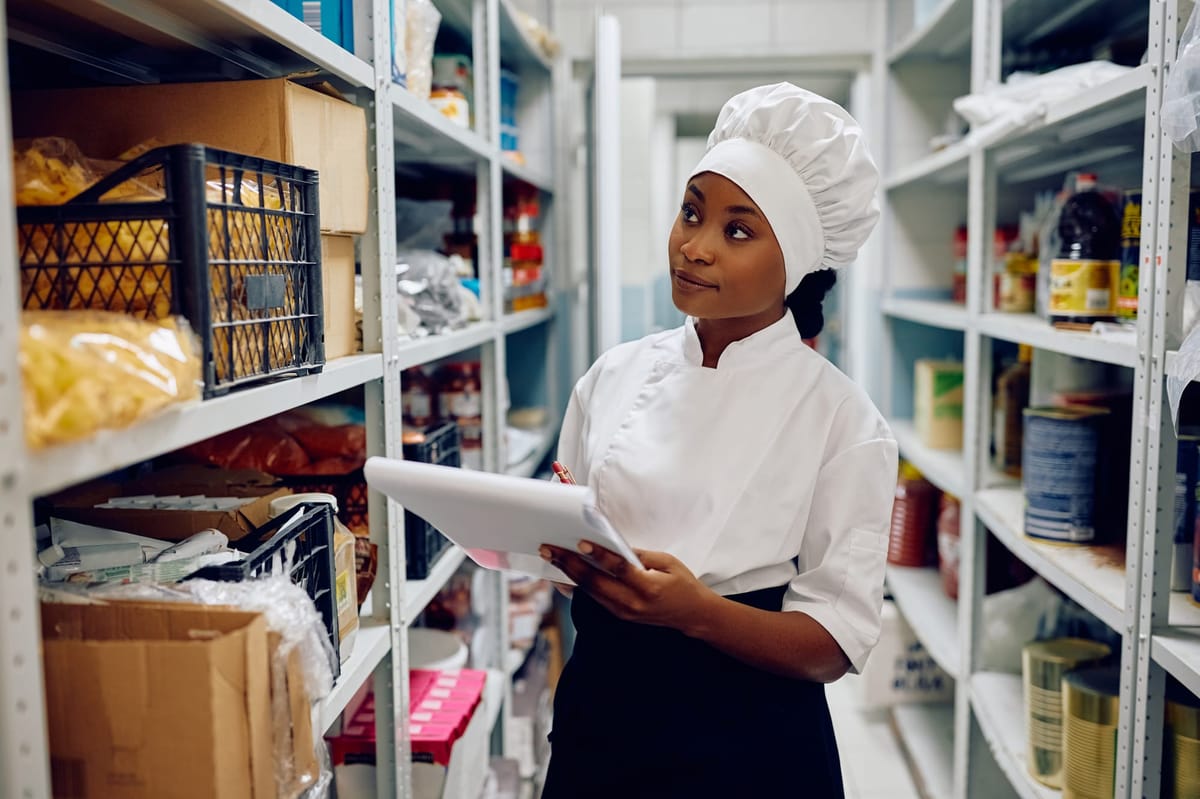
How to Set Up an Inventory System
Establishing an effective inventory system is the foundation for successful restaurant management. Here's how to create a system that not only tracks your stock but also enhances your overall operations:
I. Choose an inventory software for restaurants
Modern inventory management demands more than just spreadsheets. Here’s how to approach this:
Assess your needs. Determine the limitations of your existing inventory management process. Identify what you need from an inventory management system, such as reducing food waste, improving order accuracy, or enhancing customer satisfaction.
Consider the following questions when assessing your needs for inventory management software:
- How many products do you have?
- Are your products simple or complex (e.g., with variations)?
- Do you need features like purchase order management or sales integration?
- What level of inventory tracking accuracy is required for your operation?
- Do you require real-time updates and reporting capabilities?
- How critical is the integration with other systems such as POS or accounting software?
- Are there specific regulatory compliance issues you need to manage through the software?
- What is your budget for inventory management software?
- How user-friendly does the system need to be for your staff?
- Do you need mobile access or multi-location support?
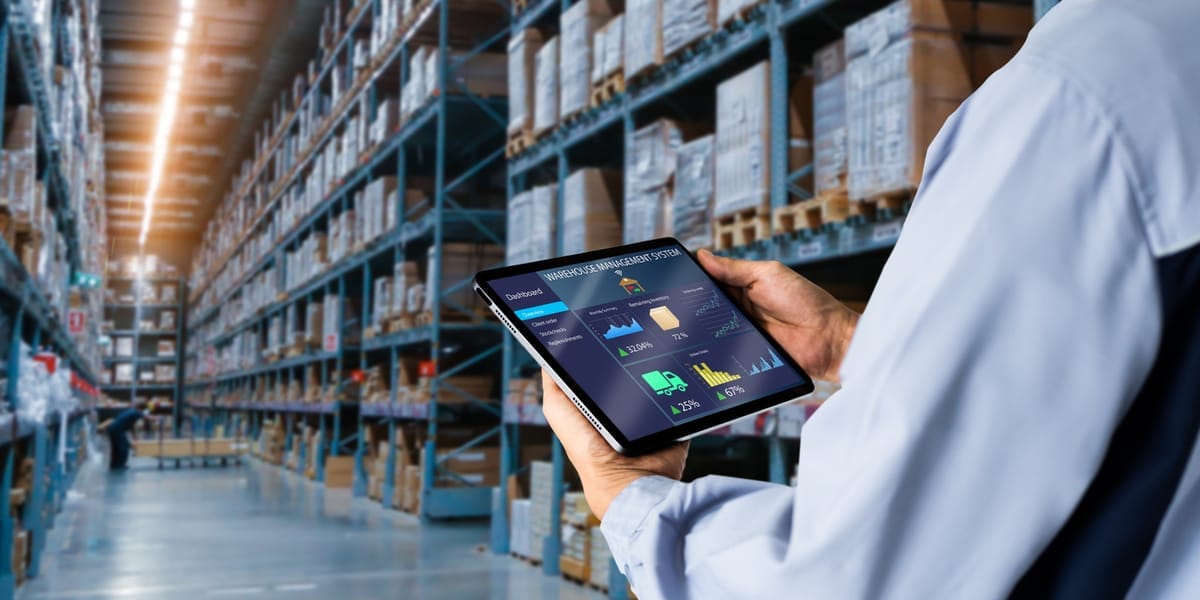
Key features to look for in a restaurant inventory management software
Look for restaurant-specific software that offers:
- Real-time inventory tracking to provide up-to-the-minute data on stock levels to help prevent both overstocking and shortages.
- Restaurant-specific features like recipe costing, menu planning, and the ability to track both individual ingredients and prepared items.
- Order management capabilities to manage vendor orders directly from the system, including automatic reordering based on pre-set thresholds.
- Waste tracking tools to record and analyze waste can help identify patterns and adjust purchasing and preparation practices, reducing costs and environmental impact.
- Detailed reports on inventory levels, costs, and usage statistics can help make informed business decisions and improve profitability.
- Integration capabilities with your point-of-sale (POS) system, accounting software, and supplier database.
- A clean and user-friendly interface that’s easy for your team to train on. Plus, mobile accessibility for on-the-go management.
- While feature-rich solutions are attractive, make sure the software fits within your budget. Consider both upfront costs and ongoing subscription fees.
BoxHero is a streamlined, user-friendly option for inventory management. It provides real-time inventory status updates, supports safety stock levels with mobile alerts for low inventory, and allows customization of product attributes to manage diverse restaurant inventories efficiently.

II. Establish inventory categories
With the right software selected, the next critical step is organizing your inventory into logical categories, simplifying management and enhancing tracking accuracy.
- Produce: Fruits, vegetables, herbs
- Proteins: Meats, fish, poultry, plant-based alternatives
- Dairy: Milk, cheese, eggs, butter
- Dry Goods: Flour, sugar, spices, pasta
- Beverages: Alcoholic and non-alcoholic options
- Non-food items: Cleaning supplies, tableware, kitchen equipment
You can further categorize on the basis of usage (how frequently they’re used in the kitchen), perishability (shelf life), and special requirements (like certain seafood or high-end spirits, may have specific storage or regulatory requirements).
Additionally, implementing a system that allows for custom attributes can significantly enhance the granularity and functionality of your inventory management. For example:
- Physical characteristics: Attributes like size, weight, or volume can help in precise tracking, especially for bulk items.
- Flavor profiles: For culinary ingredients, attributes such as flavor, spiciness, or sweetness level could be tracked.
- Supplier information: Keep track of which items are sourced from which suppliers to manage relationships and handle supply chain issues more effectively.
BoxHero offers a powerful feature that allows users to create custom attributes for inventory items, such as flavor, color, and size.
III. Creating a standardized inventory tracking process
Now that your inventory is categorized, creating a standardized inventory tracking process is important for maintaining operational efficiency.
Start by establishing clear stock levels for each item category to prevent overstocking and understocking. Implement the First In, First Out (FIFO) method to reduce spoilage by ensuring older stock is used first.
Regularly schedule audits and physical counts to verify that the system's data matches actual stock, promptly addressing discrepancies. Finally, continuously analyze inventory-related metrics to refine and improve your management strategies, ensuring all staff know these processes.
10 Best Practices for Restaurant Inventory Management
Having established a robust framework for managing inventory, let’s now explore 10 best practices to refine this system further.
1. Regularly count your inventory
Begin by setting up a consistent schedule for counting your inventory. Set up a schedule that works for your restaurant - maybe it's a full count on the first Monday of each month, with weekly spot checks every Friday. Pay extra attention to your high-value items like premium meats or expensive liquors.
These frequent checks help you catch discrepancies early, whether it's unexpected waste or potential theft. Plus, regular counts give you a better feel for your usage patterns, which can inform your ordering and menu planning.
Clyde Woode, Managing Director at Elite Wine Consultants, shared:
"The frequency of inventory verification will depend on several factors surrounding the commodity you are managing. Perishables have a shelf life, freshness factor as well as replenishment logistics. These factors will dictate how often physical verification needs to be conducted. Restaurants typically have multiple product categories with varying obsolescence and replenishment windows."
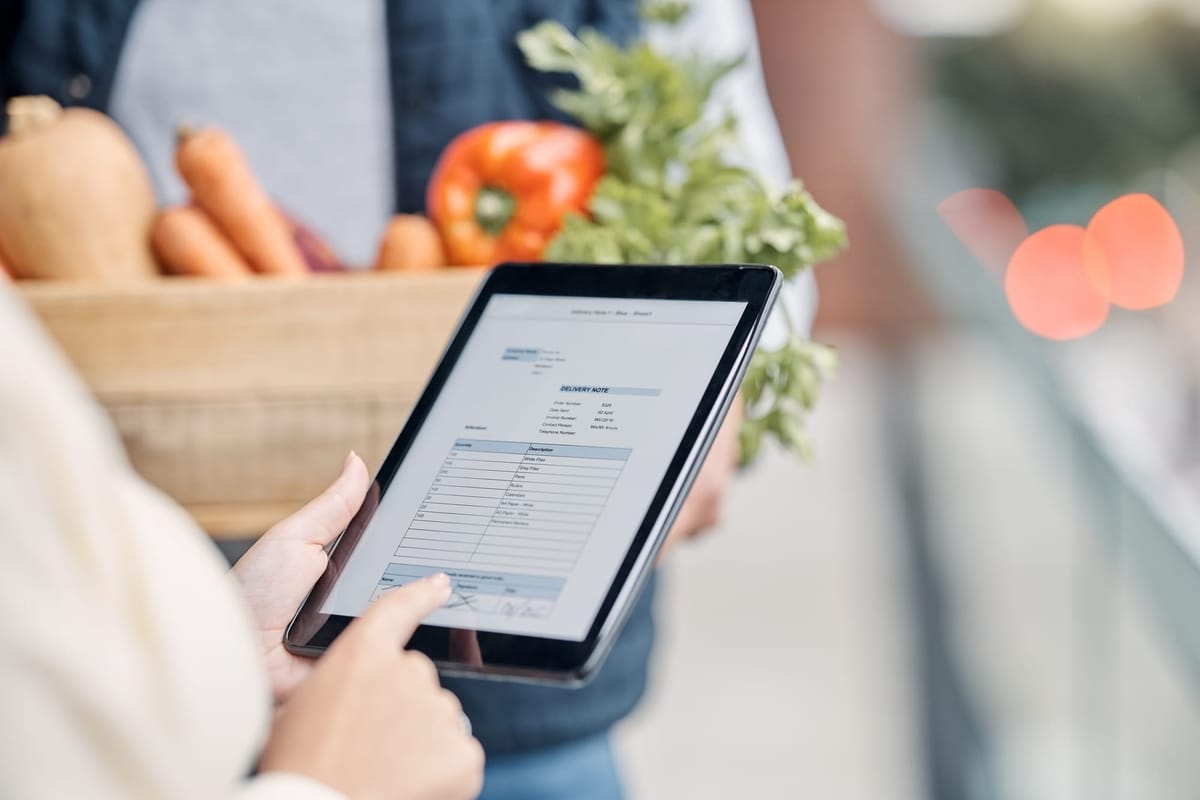
2. Adopt the FIFO Method
First in, first out (FIFO) is vital for managing perishable goods. Organize your storage areas - fridge, freezer, and dry storage - so that older stock is used first. This might mean taking a few extra minutes when putting away deliveries, but it's worth it.
FIFO helps ensure you're always serving the freshest ingredients and minimizes the risk of items expiring before use. It's particularly important for perishables like produce, dairy, and fresh meats. Consider using clear containers and labels with dates to make this process easier for your staff.
3. Track your data in real-time
Real-time tracking is all about staying on top of your inventory as things happen. When a delivery arrives, enter it into your system right away. As prep cooks use ingredients, have a system for them to log usage.
At the end of each shift, do a quick reconciliation of sales versus inventory use. This constant updating gives you an accurate picture of what you have on hand at any given moment, which is invaluable for making informed decisions about purchasing and menu offerings.
4. Train and empower your staff
Your inventory system is only as good as the people using it. Invest time in thorough training for all staff members involved in inventory management. This includes not just managers but also line cooks, prep cooks, and even servers. Everyone should understand how their role impacts inventory.
For example, a server who knows the importance of accurate sales entries is less likely to make mistakes that throw off your inventory counts. Consider creating simple cheat sheets or visual guides to help staff remember key procedures.
5. Optimize par levels
Par levels are the minimum amount of each item you need to have on hand to meet expected demand. These levels should be dynamic - they might change based on seasonality, upcoming events, or shifts in customer preferences.
Regularly review your par levels and adjust as needed. For instance, you might increase your par level for burger buns during summer barbecue season, or decrease your soup ingredient par levels during hot weather. Well-optimized par levels help prevent both stockouts and overstocking.
Adjust your par levels based on seasonal demand. You might need more ice cream in summer and more soup ingredients in winter.
6. Conduct regular menu analysis
Your menu and your inventory are two sides of the same coin. Regularly analyze your menu to see which dishes are selling well and which aren't. This information should inform your inventory decisions. If a dish isn't selling, you might be overstocking on those ingredients.
Conversely, if an item is unexpectedly popular, you might need to increase your par levels. Consider doing a monthly menu analysis alongside your full inventory count. This is also a great time to think about seasonal menu changes or specials that can help use up excess inventory.
7. Adopt lean inventory practices
Lean inventory practices are all about minimizing waste and maximizing efficiency. In a restaurant context, this often means adopting a just-in-time (JIT) approach to ordering. Instead of stocking up on large quantities, order what you need when you need it.
This reduces the risk of spoilage and ties up less of your capital in inventory. It requires careful planning and good relationships with suppliers, but can significantly improve your cash flow and reduce waste.

8. Build strong vendor relationships
Develop good relationships with your suppliers. Reliable vendors can be invaluable when you need last-minute deliveries or want to negotiate better prices. Consider consolidating orders with fewer vendors to potentially qualify for bulk discounts.
9. Reduce employee theft
While not a pleasant topic, employee theft is a reality in the restaurant industry. It can significantly impact profits, with losses up to $6 billion annually. Common theft practices include employees taking food, voiding cash transactions, and falsely claiming customers left without paying.
To combat this, it’s important to implement strict monitoring through surveillance and audits, enforce clear anti-theft policies, and maintain a positive workplace environment. Using advanced POS systems that track transactions and inventory can also help quickly identify discrepancies and prevent theft.
10. Leverage technology
Why spend hours manually tracking stock when you can leverage smart software to do the heavy lifting? Investing in a robust inventory management system can be a game-changer.
These tools often come packed with nifty features like automatic reordering (no more running out of essential ingredients mid-service!) and real-time stock updates that keep you in the loop without constant manual checks. Plus, many integrate seamlessly with your sales channels, giving you a bird's-eye view of your entire operation.

Optimize Your Operations with Smart Restaurant Inventory Management
Effective inventory management isn't just a nice-to-have for your restaurant – it's absolutely essential. It's the backbone that keeps your kitchen running smoothly.
By implementing strategies, such as selecting appropriate software, categorizing inventory logically, and establishing standardized tracking processes, you can minimize waste, reduce costs, and enhance overall service quality.
Take the time to get your inventory system right. It might seem like a lot of work upfront, but it pays off in the long run.
If you're in the market for a user-friendly inventory management solution, consider exploring BoxHero. It's designed to simplify inventory processes for busy restaurant operations like yours.



